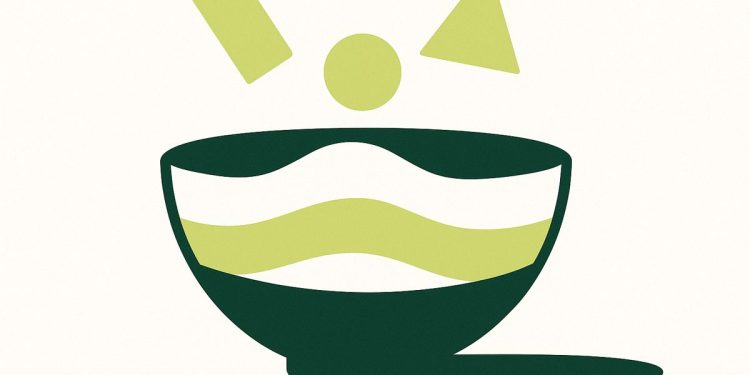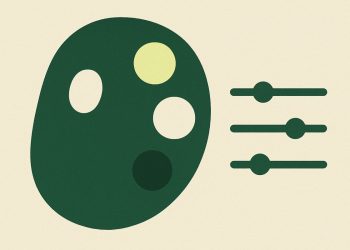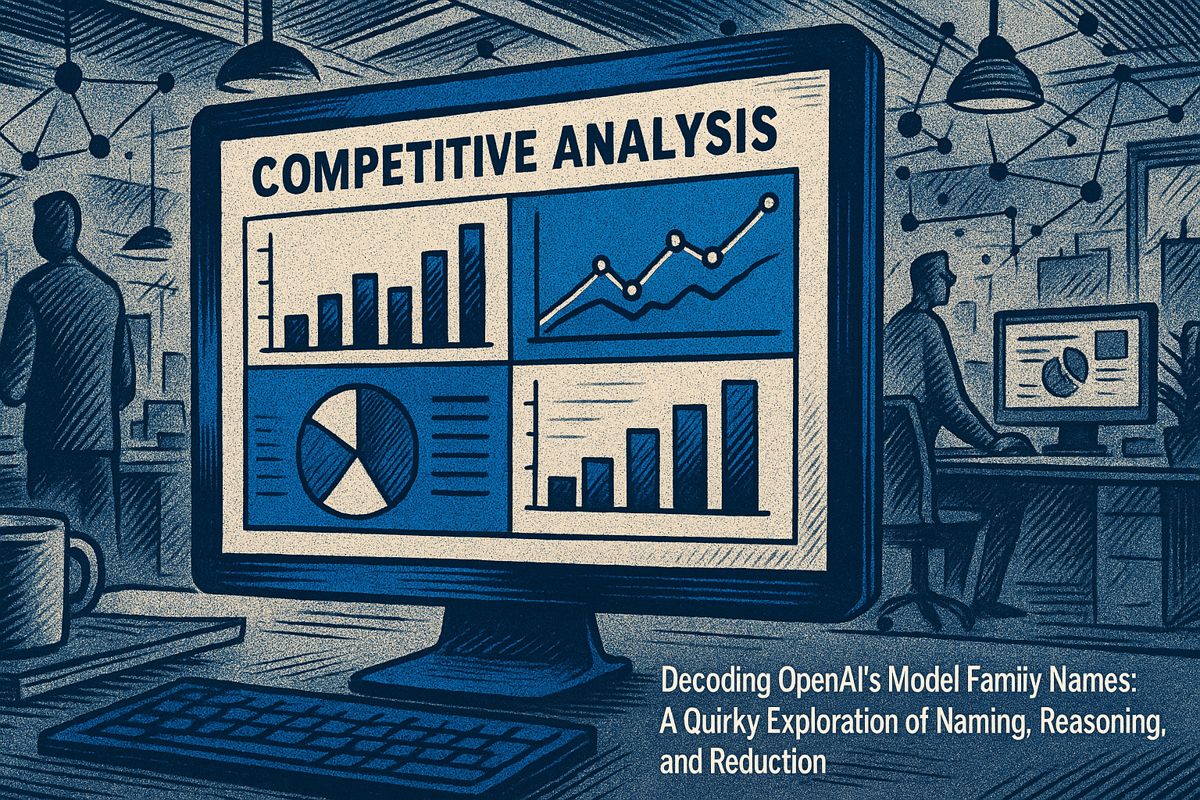Global chocolate manufacturer Barry Callebaut is using artificial intelligence to innovate its chocolate recipes, partnering with food-tech firm NotCo. To combat cocoa price volatility, the Swiss company is now leveraging NotCo’s Giuseppe AI platform, feeding it decades of ingredient data to accelerate new product development.
This partnership establishes an AI innovation hub combining Barry Callebaut’s extensive sensory data with Giuseppe’s molecular analysis capabilities. According to a company press release and a FoodIngredientsFirst report, executives anticipate a double-digit increase in successful new concepts and a reduction in market timelines from 18 months to as few as six.
Why AI matters to cocoa
With cocoa futures reaching a 48-year high in early 2025 due to crop losses in West Africa, AI offers a strategic advantage. Barry Callebaut’s R&D leadership aims to create recipes that preserve taste when using alternative or reduced amounts of key ingredients like cocoa liquor. The Giuseppe AI can scan over 300,000 edible plants to find molecular mimics for flavor and fat, suggesting innovative ingredients like sunflower-seed flour or jackfruit fiber.
The collaboration uses artificial intelligence to analyze vast plant-based ingredient datasets, identifying novel combinations that mimic the taste and texture of traditional chocolate. This allows for faster development of new, sustainable, and cost-effective recipes in response to market demands and supply chain challenges like cocoa shortages.
From data lake to tasting lab
The Giuseppe platform is integrated into Barry Callebaut’s pilot plants through three core modules:
- Concept – Mines market data for white-space ideas and aligns them with Nutri-Score targets.
- Discovery – Ranks thousands of ingredient combinations against stability, cost, and supply risk.
- Elevate – Auto-generates reports from each trial, cutting manual paperwork by up to 70 percent.
The system operates on a continuous feedback loop. R&D teams contribute around 500 new datapoints daily from sensory and tempering tests, enabling the AI to suggest precise adjustments for subsequent trials, like modifying cocoa butter content or adding chickpea protein to improve texture.
Early prototypes
While commercial products are not yet available, the partnership is already yielding promising results in sensory panels. Key prototypes include:
- A high-fiber milk-style chocolate achieving a Nutri-Score B while maintaining 38% cocoa solids.
- A vegan “crisp” bar that uses pumpkin-seed oil to replicate the creaminess of dairy.
- A heat-resistant coating designed for tropical markets, formulated with upcycled rice starch.
A company dashboard shared with analysts shows that the integration of AI has already boosted internal sensory approval rates from 54% to 71%, demonstrating a tangible increase in prototype success.
What this signals for food tech
This collaboration is considered a landmark moment in food technology. Unlike previous AI projects focused on single consumer brands, this initiative applies AI across the entire portfolio of a global B2B ingredient supplier. A successful pilot could trigger a wave of similar AI-driven innovation in other commodity-dependent sectors like sugar, coffee, and dairy.
Key milestones for Barry Callebaut include full-scale production trials in its Belgian plant in Q2 2026, followed by a retail launch with partner brands. Investors are now closely monitoring whether the AI-driven approach will deliver on its promise of enhancing both innovation and profitability.
What is the purpose of Barry Callebaut’s partnership with NotCo?
Barry Callebaut is building an end-to-end AI innovation hub by merging its century of chocolate know-how with NotCo`s Giuseppe platform. The goal is to shorten recipe development cycles from months to weeks, raise the “hit rate” of successful prototypes, and quickly deliver health-forward, Nutri-Score-friendly or functional chocolates that cope with volatile cocoa prices and shifting consumer demand.
How does Giuseppe AI actually create new chocolate recipes?
Giuseppe analyzes more than 300,000 edible plants at the molecular level, then predicts which combination will reproduce the target flavor, texture and melting profile. The system runs thousands of virtual trials in minutes, ranks the best candidates against cost, nutrition and regulatory filters, and sends only the top formulas to Barry Callebaut chefs for bench testing – cutting trial-and-error by up to 10×.
What concrete problems will the collaboration solve first?
The partners will focus on three pain points:
– Cocoa shortages and price swings – AI proposes cocoa-free or reduced-cocoa recipes that still taste premium.
– Nutrition pressure – prototypes with less sugar, lower saturated fat or added fiber while keeping clean labels.
– Sustainability goals – recipes that lower CO₂ and water footprints by replacing traditional ingredients with up-cycled or plant-based streams.
When will shoppers see the first AI-designed chocolates on shelves?
Pilot runs began in late 2025 inside Barry Callebaut`s global R&D centers, but no commercial products have been announced yet. Company statements say the first wave of AI chocolates is expected to reach manufacturers and retailers once sensory validation and scale-up trials are complete – a process the partners expect to finish within 12-18 months from the hub launch.
Why is this deal considered a milestone for food-tech?
It is the first time a domain-specific AI platform will sit across an entire chocolate portfolio from ingredient sourcing to finished product. Industry analysts note that over two dozen patents have already emerged from Giuseppe in other categories; applying the same engine to chocolate could set a new speed benchmark for the whole confectionery sector and encourage rivals to adopt similar AI-first innovation models.



















